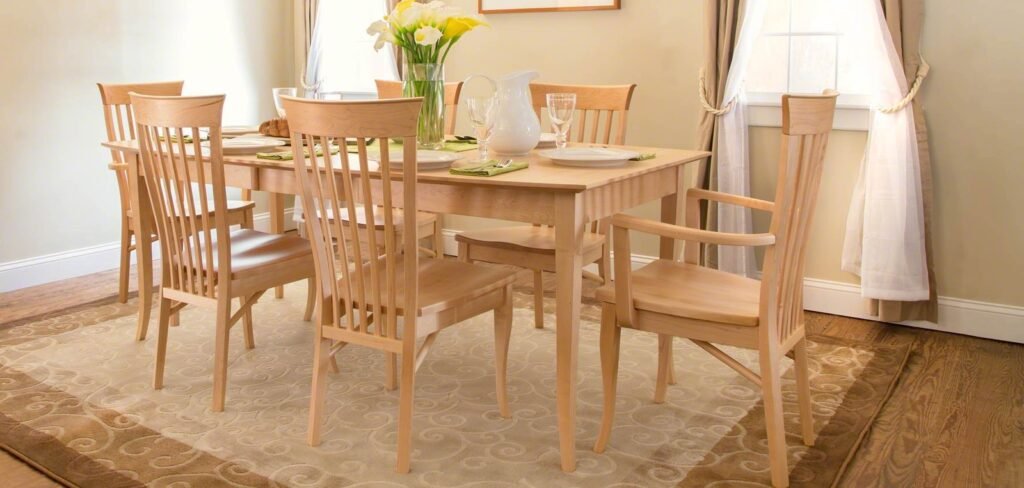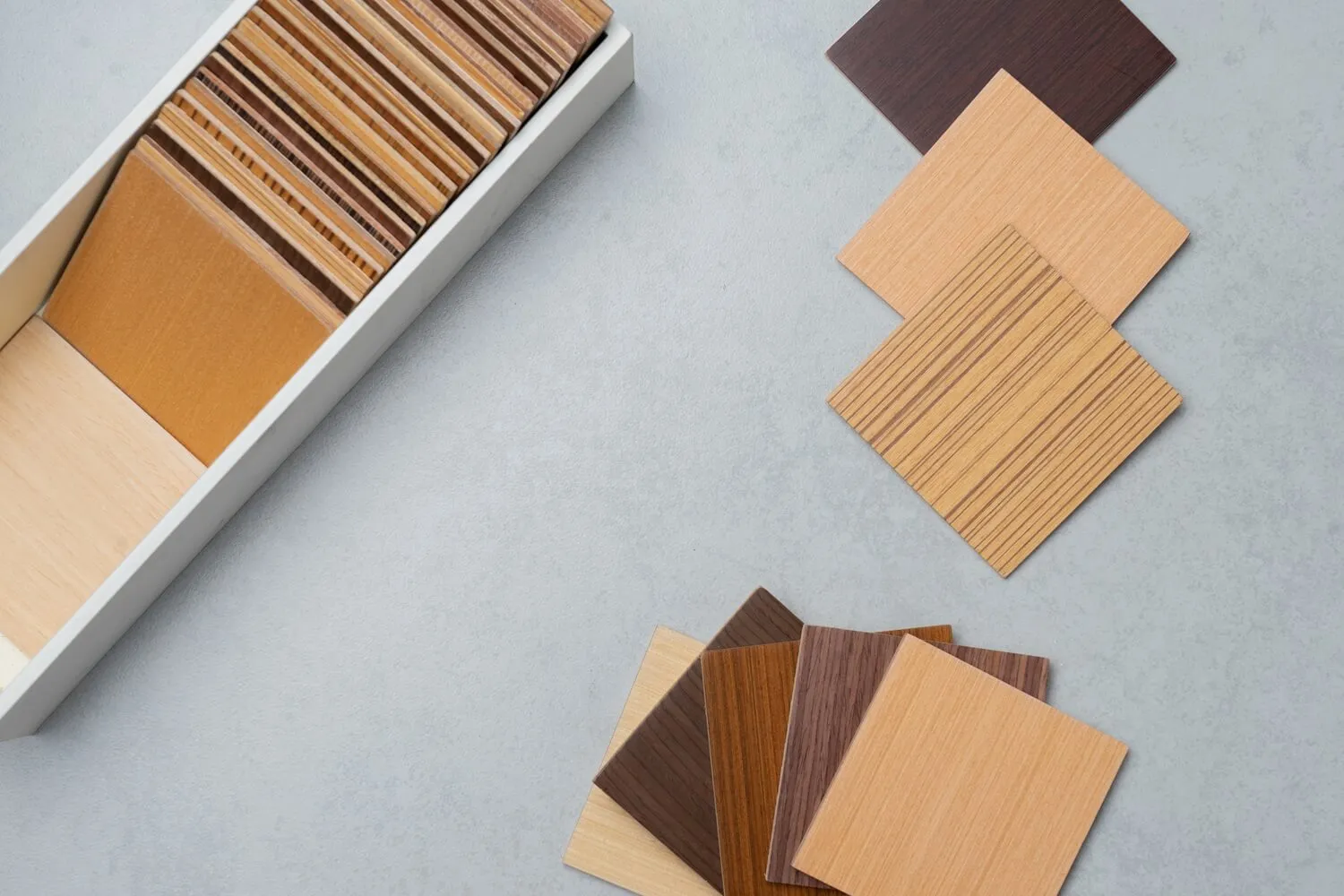
Different Types of Timber Used in Furniture Making
Choosing the right timber is essential for creating durable, stylish, and long-lasting furniture. Timber type affects strength, appearance, maintenance, and cost. In 2025, both traditional and modern furniture makers continue to rely on a variety of woods to achieve functional and aesthetic excellence. Understanding the characteristics of different timbers helps homeowners and designers make informed choices.
Hardwoods
Hardwoods come from deciduous trees and are known for their strength and durability. They are ideal for high-quality, long-lasting furniture. Popular hardwoods include:
Oak – Oak is strong, durable, and resists wear. It has a distinct grain and light to medium brown tones, making it versatile for traditional and modern designs.
Teak – Teak is highly durable and resistant to moisture, making it ideal for outdoor furniture. Its rich golden-brown color deepens with age.
Walnut – Walnut offers deep, dark tones and smooth grains. It is prized for luxury furniture and adds sophistication to any room.
Maple – Maple is hard, dense, and has a fine texture. Its light color and strength make it popular for cabinets, tables, and chairs.
Softwoods
Softwoods come from coniferous trees and are generally lighter and easier to work with. While not as hard as hardwoods, softwoods can be strong when treated and crafted properly. Common softwoods include:
Pine – Pine is affordable, lightweight, and easy to shape. It has a pale yellow color that can be stained or painted to match various styles.
Cedar – Cedar is aromatic, naturally resistant to insects, and often used in wardrobes, chests, and outdoor furniture. Its reddish hue adds warmth to interiors.
Spruce – Spruce is strong and lightweight, making it suitable for structural furniture components or decorative pieces.

Reclaimed and Engineered Timbers
Reclaimed Timber – Reclaimed wood comes from old buildings, barns, or furniture. It is environmentally friendly, adds character, and often has unique textures and patinas.
Plywood and MDF – Engineered woods like plywood and medium-density fiberboard (MDF) combine wood layers or fibers with adhesives. They are stable, affordable, and ideal for modern furniture designs.
Exotic Timbers
Exotic woods, often imported, offer unique colors, grains, and textures. Examples include mahogany, rosewood, and ebony.
Conclusion
Different types of timber offer unique qualities that influence design, durability, and style. Hardwoods provide strength and elegance, softwoods offer affordability and versatility, while reclaimed and engineered woods promote sustainability and innovation. Choosing the right timber ensures furniture that not only looks beautiful but also stands the test of time.




